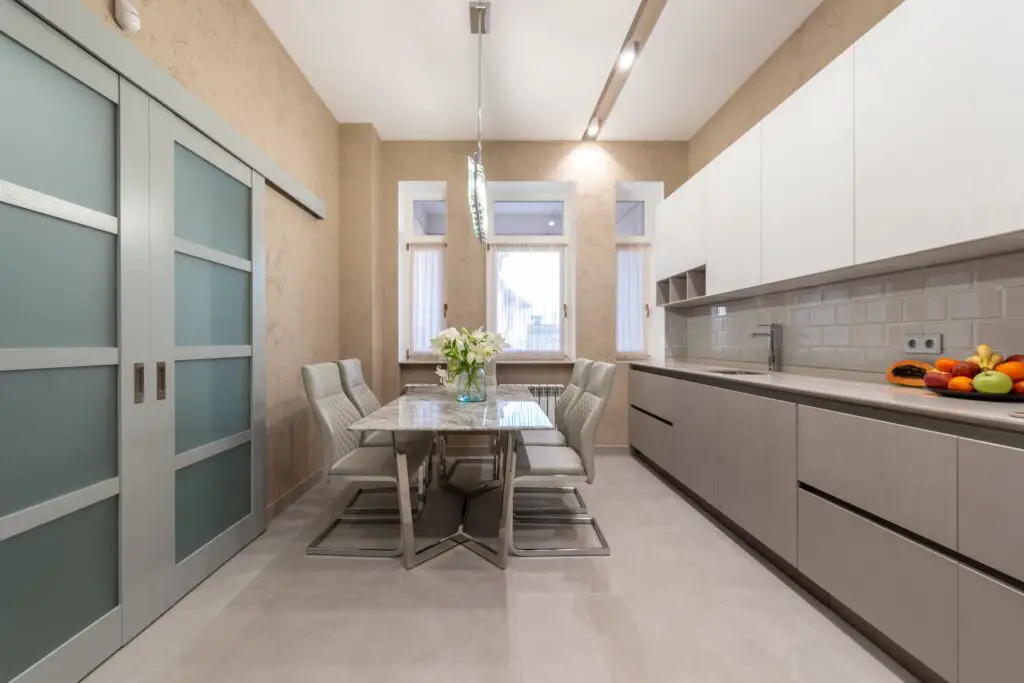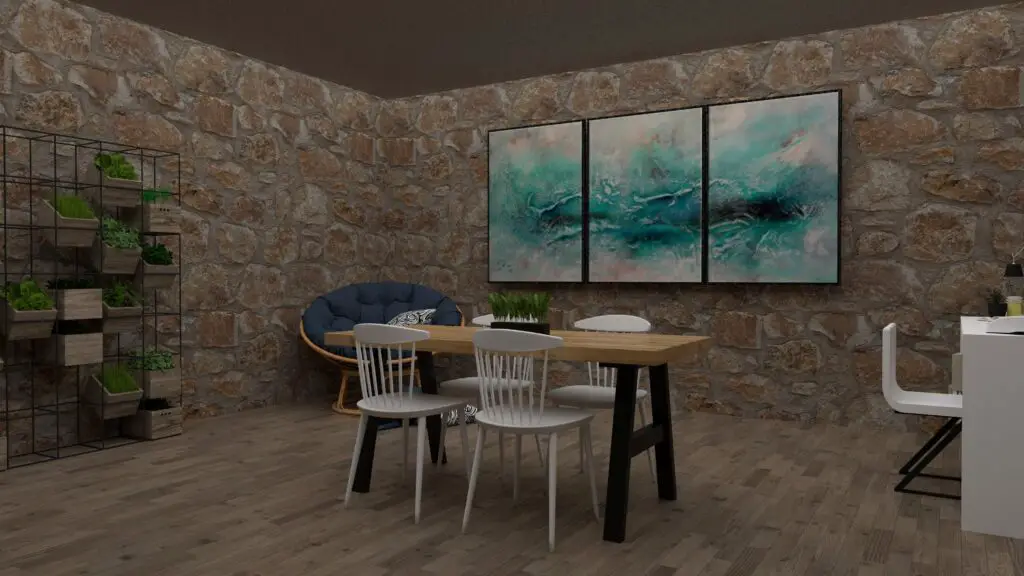Within the rapidly evolving field of interior design, minimalist home decor has become a significant trend. This interior decorating style is based on the concept that less really is more and is centered around the simplicity principle. Understanding minimalist home decors fundamental ideas, beneficial uses, and strategies for managing a minimalist lifestyle over time is essential as we go further into the design field.
Critical Principles of Minimalist Home Decor
Three main ideas define minimalist home decor: usefulness, acceptance of negative space, and simplicity. You may establish an atmosphere that looks good and promotes a sense of calm and order by implementing these ideas into your design philosophy.

Choosing a Neutral Color Palette
The use of neutral colors is fundamental to minimalist design. These colors provide for choice in decor despite producing a calm state of mind. Use muted earthy colors, whites, and grays to create a timeless and peaceful environment.
Decluttering Your Space
Having a minimalist home requires first cleaning out all of the waste. Get rid of what you are not using and save only the practical or sentimental things. Follow the “less is more” approach to design a neat and visually pleasing living atmosphere.
Furniture Selection for Minimalist Space
Decoration for a minimalist home should focus on fundamental items with clean lines and simple styles. Multifunctional furniture, such as embedded tables or storage beds, adds usefulness without taking away from the minimalist design.
Embracing Natural Elements
Apply sustainable materials and add elements of nature to your minimalist home decor by adding plants. In addition to adding to the pleasing appearance, greenery promotes an impression of connection with nature.

Lighting in Minimalist Design
Make the most of your room’s natural illumination to create a feeling of space and freedom. Pick simple lights that complement the entire scheme rather than too complex or extravagant ones.
Minimalist Wall Decor
Select decor and paintings that fit the minimalist design. Choose paintings with abstract designs with simple frames that complement the room’s simplicity. Think about unique decoration for wall concepts like geometric designs or floating shelves.
Personalizing Minimalist Spaces
While simplicity is the characteristic of minimalist design, it is important to include personal elements to make the area yours. Choose a few unique pieces or artwork that speak to you; make sure they highlight the space rather than control it.
Minimalism in Different Rooms
Adapt minimalist design ideas to your house’s various rooms. Focus on turning the bedroom into a peaceful haven with few items. Comfortable and valuable seating should be given importance in the living area. Choose simple and effective storage options for your kitchen area.
DIY Minimalist Projects
Take up do-it-yourself minimalist artwork and let your creativity run crazy. Make customized decor pieces that complement your style to give your minimalist room something different. A specific storage solution or a minimalist wall clock are just two examples of how DIY projects can charm your house.
Storage Solutions for Minimalist Living
Use secret storage options to keep your space clean. Examine pieces of furniture with built-in shelves and use empty areas for hidden storage. Efficient storage ensures the essentials are available without compromising the clean, minimalist look.
Balancing Minimalism with Functionality
It is important to find stability between usefulness and minimalism. Make sure your design choices complement your lifestyle and are attractive and practical. Convenience is not sacrificed in minimalist living; conversely, it promotes creative decisions.

Sustainability in Minimalist Home Decor
Make sure your design decisions impact the environment using sustainable products and environmentally friendly materials. Adding environmentally friendly items to your minimalist house, such as energy-efficient lights or recycled-material furniture, helps you live a more mindful lifestyle.
Staying Minimalist Over Time
Assessing and cleaning regularly is necessary to maintain a minimalist lifestyle. Regularly clear out your area, evaluate the decor you have selected, and make sure everything has a purpose. Managing the minimalist look and preventing clutter from emerging is possible with a mindful attitude.
Open Space and Flow
Open space and a sense of flow are often prominent in minimalist homes. Ensure the furniture is organized to allow for straightforward motion and conversation. Avoid packing too much in and enjoy the refined look of space. You may improve the general calmness of your house by promoting an open atmosphere.
Embracing Clean Lines in Furniture Design
The main features of minimalist furniture design are clean lines and basic shapes. Look for items that value use the above complex features. Think about purchasing furniture composed of organic materials like leather, metal, or wood; these materials provide character and warmth without needless decoration. Because they may be used for two functions, multifunctional furniture like storage sofas and modular shelving units can further enhance the minimalist look.

Quality Over Quantity
Invest in classic, well-made items that will last a lifetime. Select items of furniture and decor that improve your space’s design and use. Making mindful purchases guarantees that everything in your house compliments your minimalist way of living and has a function.
The Psychological Impact of Minimalist Living
Significant psychological benefits accompanied minimalist living, even beyond it is pleasing appearance. A neat and orderly space can help people feel more comfortable, perform better, and experience lower stress levels. A more intentional style of living and mental calmness is promoted when you actively design your home with simplicity in mind.
Choosing a Neutral Canvas
A neutral colour scheme is the basis of minimalist design. Combining muted tones, whites, beiges, and greys creates a timeless, soothing effect. In addition to encouraging an air of openness, neutral colours let other design components shine. Choose colours for the ground, walls, and significant furniture that will all work together to create a calm and beautiful space.

Decluttering for Tranquility
Decluttering is the process of simplifying and organizing your living area, and it is an essential part of minimalism. Begin by inspecting every room and choosing the necessary or enjoyable things. Items no longer needed should be donated or sold, and the things you decide are valuable should be appropriately stored. A room clean of clutter has a pleasing appearance and inspires peace and quiet.
Conclusion
More than just a style, the fad, minimalist home decor is a way of life that values comfort, practicality, and calm home by following minimalist design principles and making well-considered design decisions. Enjoy the process of creating a minimalist house and reap the rewards of a neat and visually appealing space.

